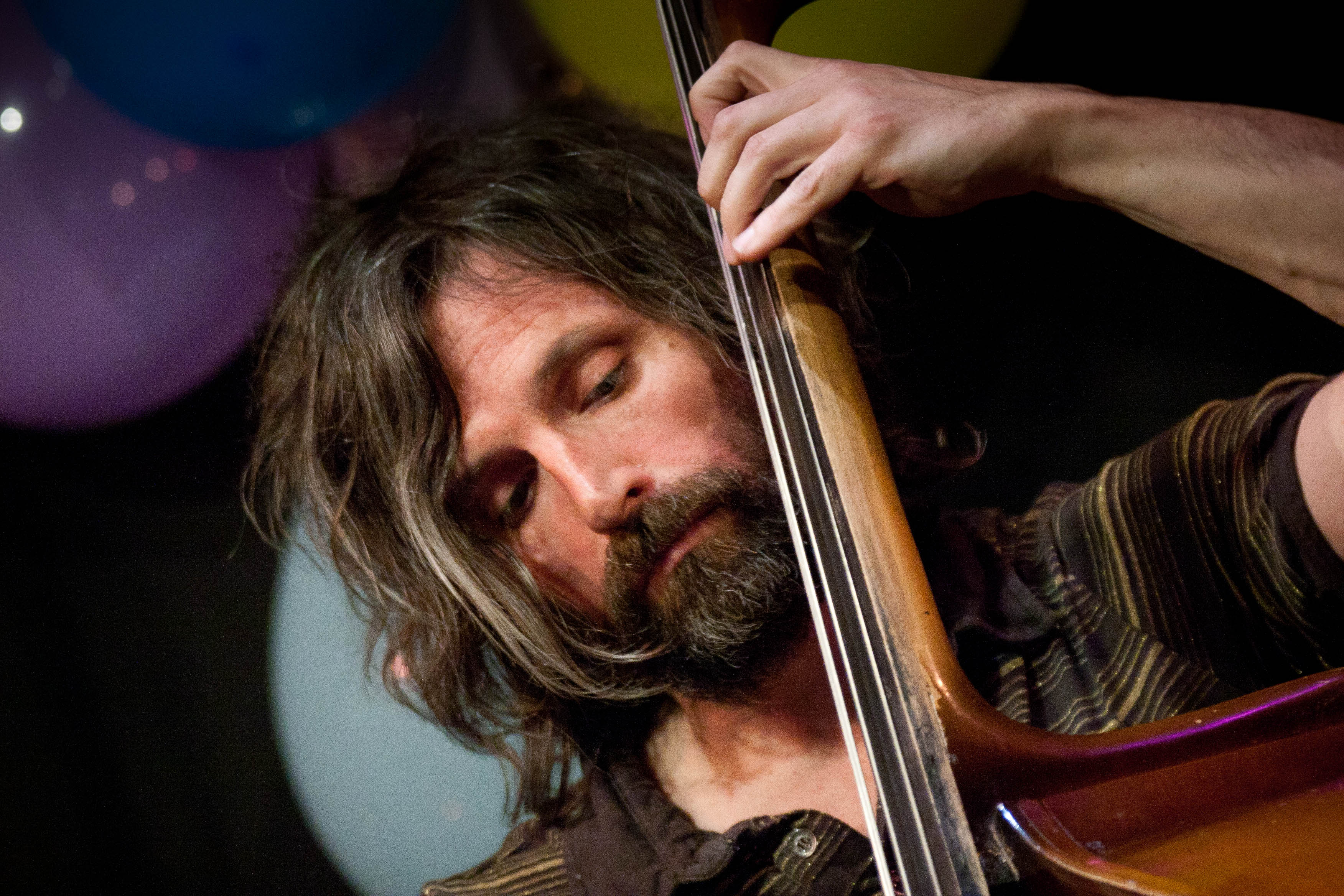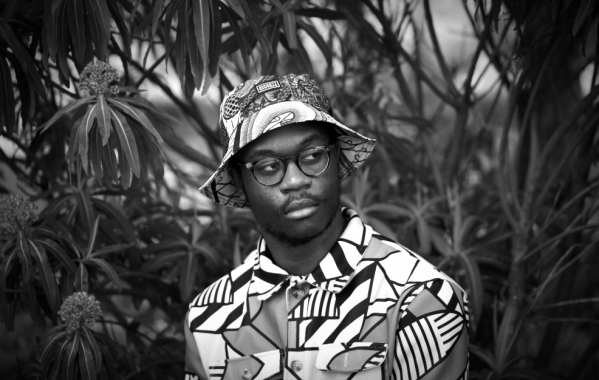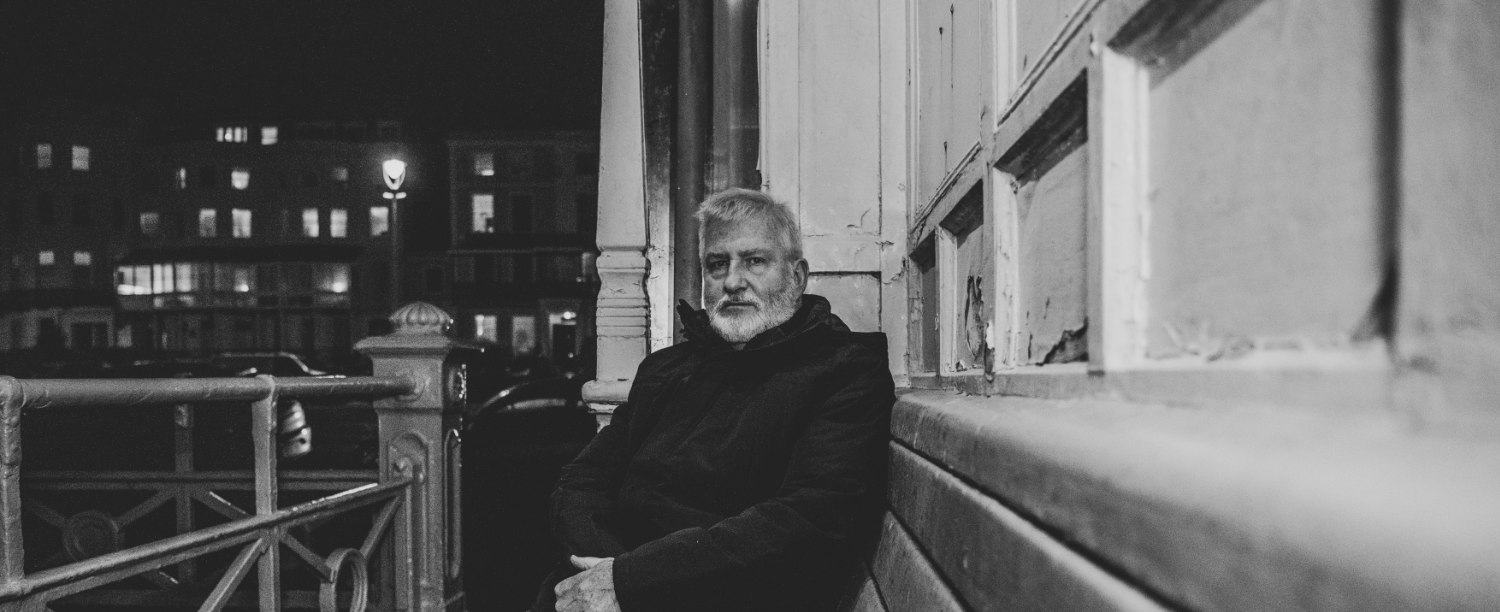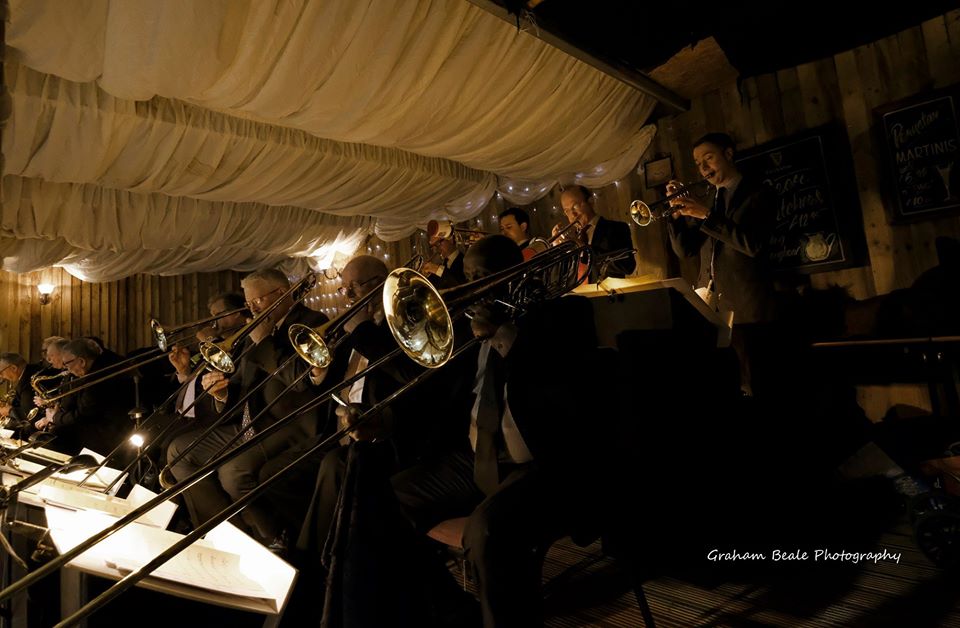The Column: Eddie Myer – Festivals of Britain

As the nation descends into a period of what even the most jubilant Brexiters would have to acknowledge as extensive uncertainty, further polluted by an unwelcome residue of extremely bad feelings stirred up during the dishonest and divisive Referendum campaigns, it’s a relief to turn your weary gaze away from the news and realise that summer is still continuing, albeit in its usual desultory fashion, bringing with it an abundance of wonderful music as bands head out on their summer tours and the festival season gathers pace. Fans of jazz-and-related-music who also have a taste for the outdoors are especially well catered for here in the South East as Love Supreme Festival re-appears on your doorstep for the fourth time in as many years.
The teen years of this millennium have seen an extraordinary growth in the independent music festival sector; its estimated that nearly 1000 festivals dedicated to music and other various worldly pleasures are due to take place across the UK this year, more than 6 times as many as a decade ago. The Association Of Independent Festivals’ 6-year report from 2014 paints a buoyantly optimistic picture. Despite economic recession and the wettest run of summers since 1912, the UK’s festival sector has thrived, and estimated ticket spend at the Association’s 44-strong membership festivals alone totals 1.1 Billion GBP since 2010. As sales in recorded music continue to decline, and ‘life experiences’ come to be more sought after than material luxuries, more and more people choose to counterbalance the increasingly solitary timbre of modern life by attending communal events, and live music is at the heart of this trend.
Jazz festivals have long been popular events, but the format has always been copied from the urban arts festival – Swanage, Brecon or the mighty London EFG are built around a series of discrete gig promotions, using existing venues, under the umbrella of the festival organisation. Love Supreme is unique in having used the greenfield, open-air one-ticket-for-the weekend format of the rock festival, and built it around a line-up of jazz-and-related-music artists. Director Ciro Romano has pointed to the success of open-air folk fest Cropredy as his inspiration to seek a similar niche market for his own favourite musical genre, and the festival’s continued return after four economically difficult years for the nation must surely vindicate his decision.
Not everyone has been entirely happy, of course. For some, the festival line-up hasn’t been sufficiently, authentically jazz for their taste – and the ambience of a large tent on a sunny day, and the level of amplification required, hasn’t always suited every artist. Some modern jazz is quite an indoor kind of sound, and the staging requirements can be quite different from those of other, less complex but perhaps more robust musical forms. The addition of the Bandstand stage has proved enormously popular with audiences and musicians alike, providing a gateway through which the local musical community can access the festival, participate, contribute and take the opportunity to check out some of their international peers; but the expenses-only deal offered to performers in the first year was predictably, and rightly, the subject of debate. The festival has taken on board the criticism; acoustic plans have been drawn up and budgets allocated, but any event of this size and ambition will always need to be alert to possibilities of improvement.
Of course, what constitutes ‘real’ jazz is a subject of endless controversy, as the music itself encompasses so much in its legacy, from its disreputable roots to the popular dance bands and crooners of the thirties, and from the hip angularity of be-bop, the thunder and flash of fusion, and the esoteric artistic endeavours of the avant-garde. Fortunately, the welcome return of the South Coast Jazz Festival, and the Brighton Alternative Jazz Festival demonstrate that jazz can survive, even in its most uncompromisingly free-improv incarnation, as long as there’s an audience, a dedicated promoter and their team, and the continuing availability of deserved funding from the taxpayer – let us hope that recent political developments do not jeopardise this important source of artistic nourishment.
Love Supreme is, of course, an entirely commercially-funded festival, and the pressures upon these events are enormous. According to research carried out, improbably enough, by delivery company ParcelHero, “A mid-size festival can run on a financial knife-edge, with one quarter of ticket prices typically taken up by VAT and royalty fees to songwriters. The logistical costs are big too: water, electricity, waste management, while security must police the event. The cost of powering alone for a 10,000 capacity festival for a weekend can be 100,000 GBP – policing the Isle Of Wight festival costs nearly 1 Million GBP.” Mid-size festivals typically need to sell 80% of tickets to cover costs, and 80% of tickets are sold on the strength of the headline acts, so it’s perhaps no surprise that even the irrepressibly optimistic Association of Independent Festivals notes ruefully that the fees charged by headline acts have risen by up to 400% between 2004 and 2014. As jazz fans are relatively small in number, though correspondingly great in passionate devotion, a balance must be struck between the demands of art and commerce if the event is to thrive.
And thrive it has – after all, it’s a simple matter of friendly, generally well-behaved people enjoying good music in beautiful surroundings. As you would hope, there’s a real appreciation of quality and high musical standards that is common to all the artists, however stylistically disparate. There’s also some more unexpected aspects – Love Supreme features more female headline artists across all its stages than most others, and there’s a far higher proportion of people from the BAME community, both as performers and punters, than is usual at a UK greenfield festival. This year, the Bandstand now runs on Friday as well, and also is responsible for programming the Friday Arena line-up; over the weekend, we’ll be hosting everything from the hip-hop inflections of Sumo Chief and J-Felix, the driving bop of Peter Fraize or Chris Coull’s Brownie Speaks, the epic big band explorations of Terry Pack’s Trees, the latin-flavoured delicacy of Paul Richards‘ Trio, the retro swing of Harry’s Tricks and Grimaldi Quartet, the high-octane salsa of Duende, the gnarly fusion of Vels Trio, the afrobeat to dub-jazz of Ezra Collective and the horn-heavy Barnacles, the varied vocal delights of the Kendon/Ryall, Maira Chiara and Leeming/Dankworth bands, and the concluding fury of Simon Spillett – not to mention my own efforts with the wonderful musicians who have consented to join me in the Eddie Myer 5tet. It’s a snapshot of how varied the output of today’s jazz-loving musicians can be, and how much talent resides in our area. In an age increasingly characterised by hostility and division, let’s reach out across our different stylistic affiliations and discover what unites us! All we need now is the weather to hold.
The Guardian: The Future of Festivals
Eddie Myer


